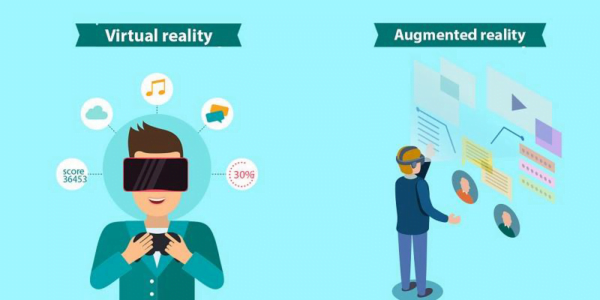The Impact of 5G on banking and its advantages
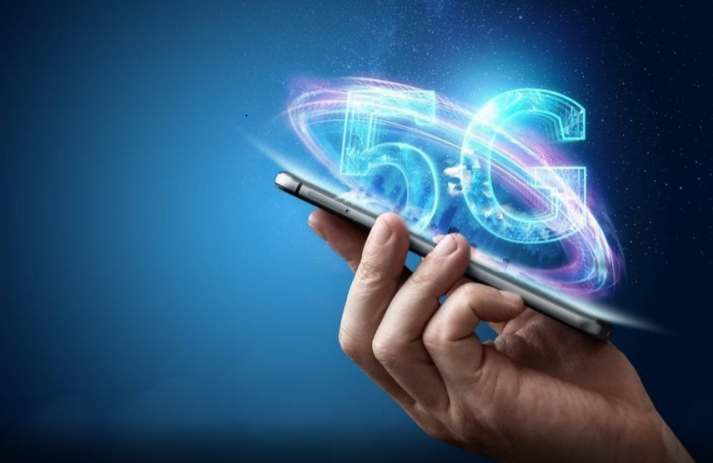
The Impact of 5G on banking and its advantages
5G will significantly impact banking because of its fast speed, low latency, and increased capacity, allowing banks and other financial institutions to offer a better digital experience and create high-end user-centric digital interaction. In addition to enabling faster data accessibility, 5G can stimulate all types of innovation, improve back-end operations, physical branches, and customer experiences, and actively drive tailored interconnected ecosystems.
The financial services industry will see a variety of developments, such as:
• It’s possible that cloud-based goods and services will be more dependable, quick, and effective.
• The 5G and blockchain combination will improve processes like asset monitoring, digital identity, and international payments.
• Edge computing and 5G will bring networks and user applications closer together.
AI will become a standard component of financial services thanks to 5G technology.
• Devices for untethered augmented reality (AR) and virtual reality (VR) will gain popularity.
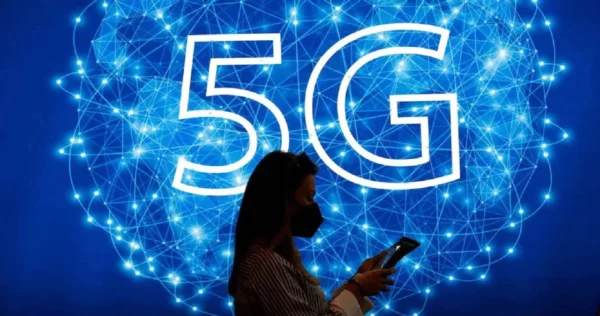
About 5g
The theoretical top speed of 5G technology is 20 Gbps, compared to 1 Gbps for 4G. Lower latency is another benefit of 5G, which can improve the performance of corporate applications and other digital experiences (like online gaming, videoconferencing, and self-driving cars).
While past cellular technology generations (like 4G LTE) focused on guaranteeing connectivity, 5G takes connectivity to the next level by offering connected customer experiences from the cloud. Cloud technologies are utilised by 5G networks, which are virtualised and software-driven.
Mobility will be made easier by the 5G network’s seamless open roaming capabilities between cellular and Wi-Fi connections. Without user involvement or the need to reauthenticate, mobile users can stay connected when they switch between outside wireless connections and wireless networks inside buildings.
Three Main 5G Attributes
The pandemic forced people to use online services more frequently for many purposes, including e-commerce, education, connecting with loved ones, and entertainment. More data traffic was produced as a result, which increased people’s desire for the improved network experience that 5G can offer.
Three main advantages of 5G are frequently mentioned. The first thing is its speed. 10–20 times faster than 4G, 5G can transport data. Although download rates fluctuate as 5G is deployed, the average download speed is 1 GB per second. According to Verizon data, a 600 MB film may be downloaded in 30 seconds instead of more than two minutes on 4G.
The second advantage is lower latency. This is the interval of time between an action and its outcomes, like the interval between clicking “play” and the video clip actually starting. According to Western Digital, the delay occurs between 40 and 50 milliseconds for 4G devices and less than 10 milliseconds for 5G devices.
The third advantage is connectivity. The Internet of Things (IoT), the movement toward connecting automobiles, home appliances, and numerous other “intelligent” gadgets to the internet, is one of the many new opportunities that 5G provides. In a square kilometre (about 2.5 square miles), 5G will be able to accommodate up to a million devices, Thales Group claims. This means more data and higher-quality services.
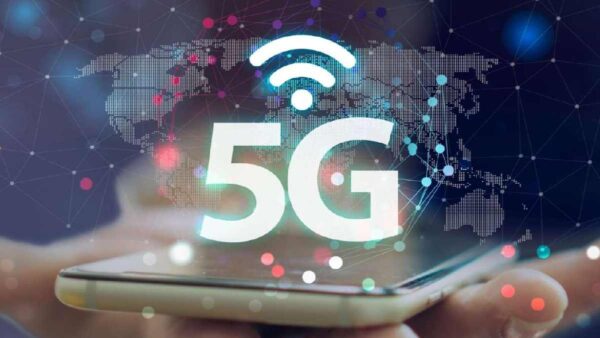
The 5G Roll Out
The fifth-generation mobile network, often known as 5G, is a brand-new wireless technology that offers connections with minimal latency, dependability, and huge data capacities. The global rollout of 5G networks has been somewhat delayed. More than 125 countries’ mobile operators have already invested in 5G technology. And 42 nations had already started offering 5G services as of May 2020. More than 2.6 billion 5G connections are anticipated worldwide by 2025, with Western Europe, North East Asia, and the US leading the way in 5G adoption.
Banks must endeavour to match their digital transformation strategy with the potential of the 5G era as more nations and regions adopt this technology.
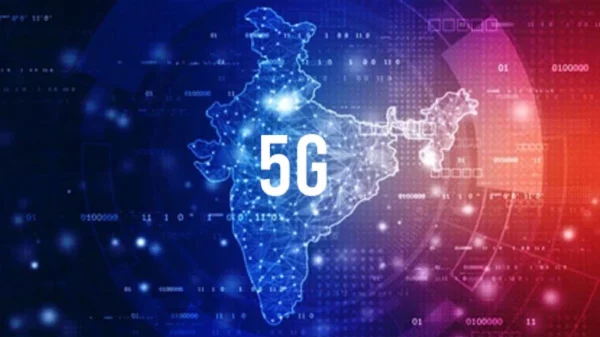
5G rollout in India
Since the completion of the 5G spectrum auction, there has appeared to be competition among telecom companies about who will introduce 5G first. Additionally, the Department of Telecom (DoT) reports that the initial phase of the rollout of 5G seems to include 13 cities.
Regarding accessibility, the initial phase of the rollout of 5G will begin in 13 Indian cities, including Delhi, Mumbai, Chennai, Kolkata, Bengaluru, Chandigarh, Gurugram, Hyderabad, Lucknow, Pune, Gandhinagar, Ahemdabad, and Jamnagar. After that, the service will be made available countrywide. According to the Department of Telecom, the 5G spectrum auction brought in over Rs 1,50,173 crore.
Airtel invested about Rs 43,084 crore and has paid Rs 8,312.4 crore in instalments over the following four years. The business added that it would roll out 5G before the end of August. Given our operating free cash flow, “this upfront investment of 4 years allows us to push 5G rollout in a concentrated manner.” Gopal Vittai, MD and CEO of Bharti Aitel Ltd, stated in a press release that Airtel has access to Rs 15,740.5 Cr in capital from the rights issue, which has not yet been named.
As network partners, the corporation is now establishing and delivering 5G services in the nation in collaboration with Nokia, Samsung, and Ericsson. Additionally, it stated that by the end of March 2024, towns and major rural areas would be covered.
Additionally, Vodafone-Idea paid Rs 18,800 crore on the 5G auction, which included spectrum in the 26GHz band and mid-band radio waves. But according to a current source, the service provider intends to charge more for the service while simultaneously offering more data. Even though Vodafone has not yet made an official announcement on the launch date of 5G, some of its customers in the Delhi-NCR region have received an SMS stating that the service will be made accessible in the area in the upcoming days.
Regarding Reliance Jio, the business is anticipated to announce the availability of 5G during the Annual General Meeting event. Reliance Jio was the bidder who spent the most money during the 5G spectrum auction, spending Rs 88,078 crore, or almost 59% of the total amount of money that was raised.
Due to the government’s recent issuance of spectrum assignment letters, telecom service providers are now free to roll out 5G whenever they are prepared.
Advantages Of 5G
Compared to other wireless network generations, 5G has certain definite benefits. The first factor is data transfer speed, which makes it possible to stream videos more quickly. They strongly influence emerging technologies like edge computing and artificial intelligence. The second-best connectivity is the capacity to accommodate millions of devices per square kilometre without sacrificing service quality.
Finally, low latency. With 5G, the 40–50 second latency—the time it takes between an action and the result—can be cut down to less than ten milliseconds, providing a smooth experience for the end user. All three hold great significance and promise for the banking sector:

Faster Digitalisation:
The pandemic has forced the banking sector to quicken the pace of its digital transformation. Banks can increase the effectiveness of their websites and apps and do difficult activities in real time with the aid of high-speed 5G networks. It has promise for highly tailored banking services and goods that are enabled by IoT devices.
To provide consistent interactions and a smooth client experience across touchpoints, banks can integrate gadgets like phones, wearables, and even automobiles. By merging traditional and online banking channels, they can provide a full omni-channel experience.
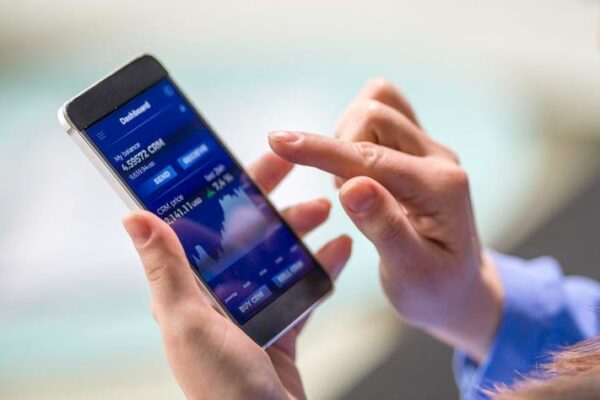
Hyper Personalisation:
The wealth of client data that banks possess is essential for providing more individualised services to customers as fintech competition heats up. To comprehend behaviour and trends and measure preferences for creating tailored products in real-time, banks need to be able to evaluate vast amounts of client data from many operational silos.
Banks can use 5G networks’ super-fast data transfer capabilities to implement data-centric technologies like AI and ML. Better loan processing, more precise product recommendations, and highly customised digital assistants could all result from this. The necessity for banking apps as we know them now may someday be replaced by the ability of 5G networks to perform enormous volumes of processing in the cloud.
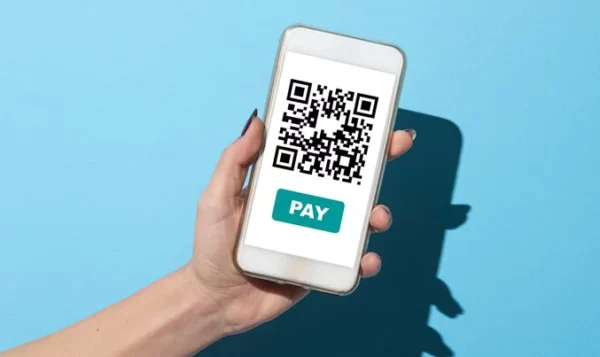
Digital wallets will take over physical wallets
Customers are choosing digital wallets more frequently. Customers will experience a new homogeny between their phones, watches, and wearables with the arrival of 5G, to the point where they can solely rely on digital wallets.
Digital payments will become more crucial for all parties involved due to accessibility, increased transaction speed, and targeted offers. Real-time digital transactions could be made possible by 5G, eliminating delays and shortening settlement cycles. More consumers may reconsider their payment habits due to 5G’s ability to help even more cutting-edge technologies. This will undoubtedly increase consumer confidence in totally digital payments.
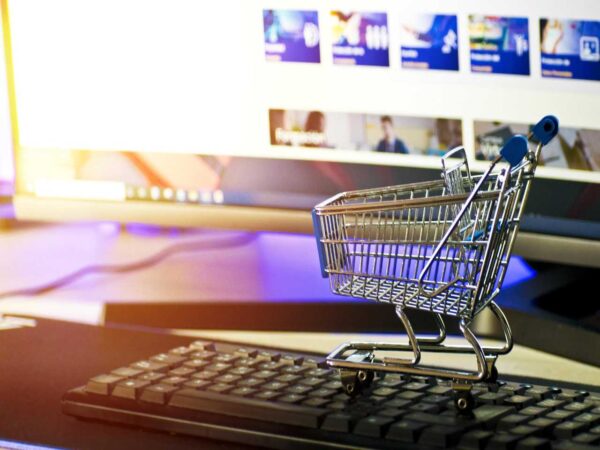
On the spot, high-end purchasing will be smooth
High-speed, rapid data transfer made possible by 5G will aid in streamlining the complicated procedures that frequently accompany expensive acquisitions. The entire process will be sped up by 5G, from application to a credit check to customised finance provide to acceptance, and money will be available in one quick, seamless experience.
Banks investing in AI, data, and 5G will be able to conduct many concurrent processes simultaneously thanks to the speed and capacity. As a result, financing decisions will be made more quickly and precisely, and the rates will be upgraded to reflect the legitimacy of each candidate.
Additionally, 5G’s high-resolution streaming capabilities will give users instant access to video conferences with real and virtual financial gurus. They can obtain solid financial advice from these professionals.
Augmented Reality, Virtual Reality:
With its enhanced bandwidth and extremely low latency, 5G might help the banking industry to deploy augmented reality (AR) and virtual reality (VR). The secret to a rich and interesting customer experience across channels is 5G. On the one hand, it can be utilised to give chatbots, and virtual assistants improved language, audio, and video processing abilities. On the other hand, it can make spatial computing possible, allowing for the manipulation of digital data in non-digital forms to create immersive experiences and extended or mixed-reality situations.
Spanish bank Banco Santander is already collaborating with Telefonica on joint innovation initiatives that use edge computing and 5G technology. Banco Santander provides customers the chance to virtually visit the Santander work café at the bank’s headquarters in the heart of Madrid using virtual reality and edge computing technology.
In a world powered by 5G, other players in the financial sector are investigating the potential of AR and VR, including Westpac Bank, Citibank, CapitalOne, and Visa.
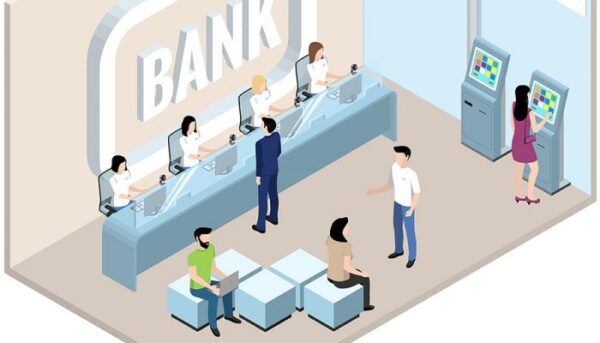
Reimagining the Physical Branch Experience:
With 5G, bank branches can become intelligent branches. It might make it easier for banks to use technology like facial recognition, VR, AR, and video analytics, improving branch surveillance and customer identification. To connect many pieces of equipment and help customer experience, Chinese banks, including the Bank of China and Chinese Construction Bank, have already begun using 5G technologies in their branches.
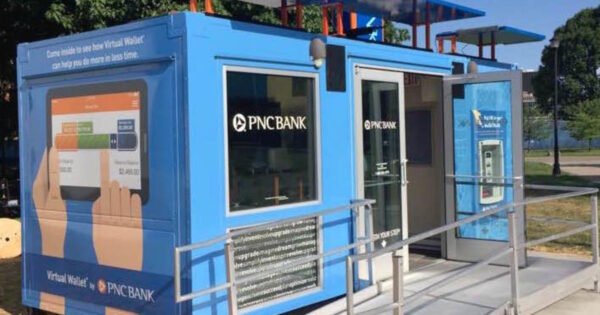
Pop-Up Branches:
Pop-up or “micro” branches, manned by a small number of workers, assist in bringing banking services to outlying areas or new locations to interact with new audiences creatively. The infrastructure is lightweight, transportable, and convenient wherever it is needed. It needs quick networks and connectivity, which 5G will provide.
To address the student body, PNC Banks in the US put up temporary branches on the campus of West Virginia University. It can be utilised when natural disasters make it impossible for affected populations to access traditional banking systems. For example, following Hurricanes Harvey & Irma, Wells Fargo dispatched trucks with ATMs to the affected areas to make it simple for people to access their money.
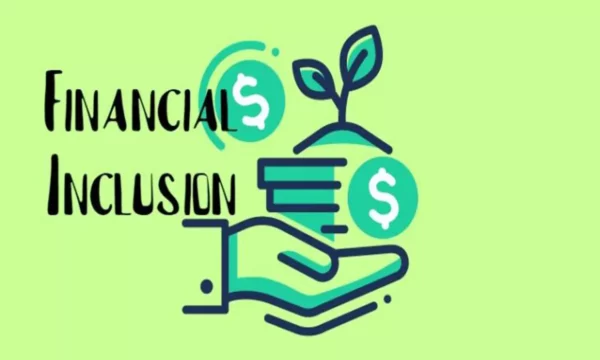
Financial Inclusion:
Despite years of dedicated work by governments worldwide, a sizable portion of the population is still unbanked. By bringing banking services to outlying and rural areas, 5G-powered pop-up branches or mobile banking can further the goal of financial inclusion. In these regions, VR-powered digital banking services will be supported by 5G. In a multilingual nation like India, the speed and low latency would enable real-time language translation on mobile devices, kiosks, and other wearables, which will benefit rural customers.

Security and Fraud Prevention:
5G technology’s quick speed and low latency will make it easier to detect fraud in real-time. Banks’ identification of security flaws allows for real-time updates without affecting client services. There would be no need for banks and other financial organisations to rely solely on one type of biometric authentication. To provide instantaneous verification, multidimensional biometric security procedures incorporating aspects like facial recognition, geolocation, and customer’s physical features in real-time will be made possible by high speed and responsiveness.
Over the past ten years, banks’ customer expectations have significantly shifted. Banks must think about utilising 5G to hone their digitalisation strategies as they seek to revamp their procedures and systems to serve the modern consumer’s needs. The banking sector will undergo its next major upheaval thanks to 5G. Additionally, it will open the door for the new era of “invisible banking,” in which banking is seamless and unnoticeable.
edited and proofread by nikita sharma

